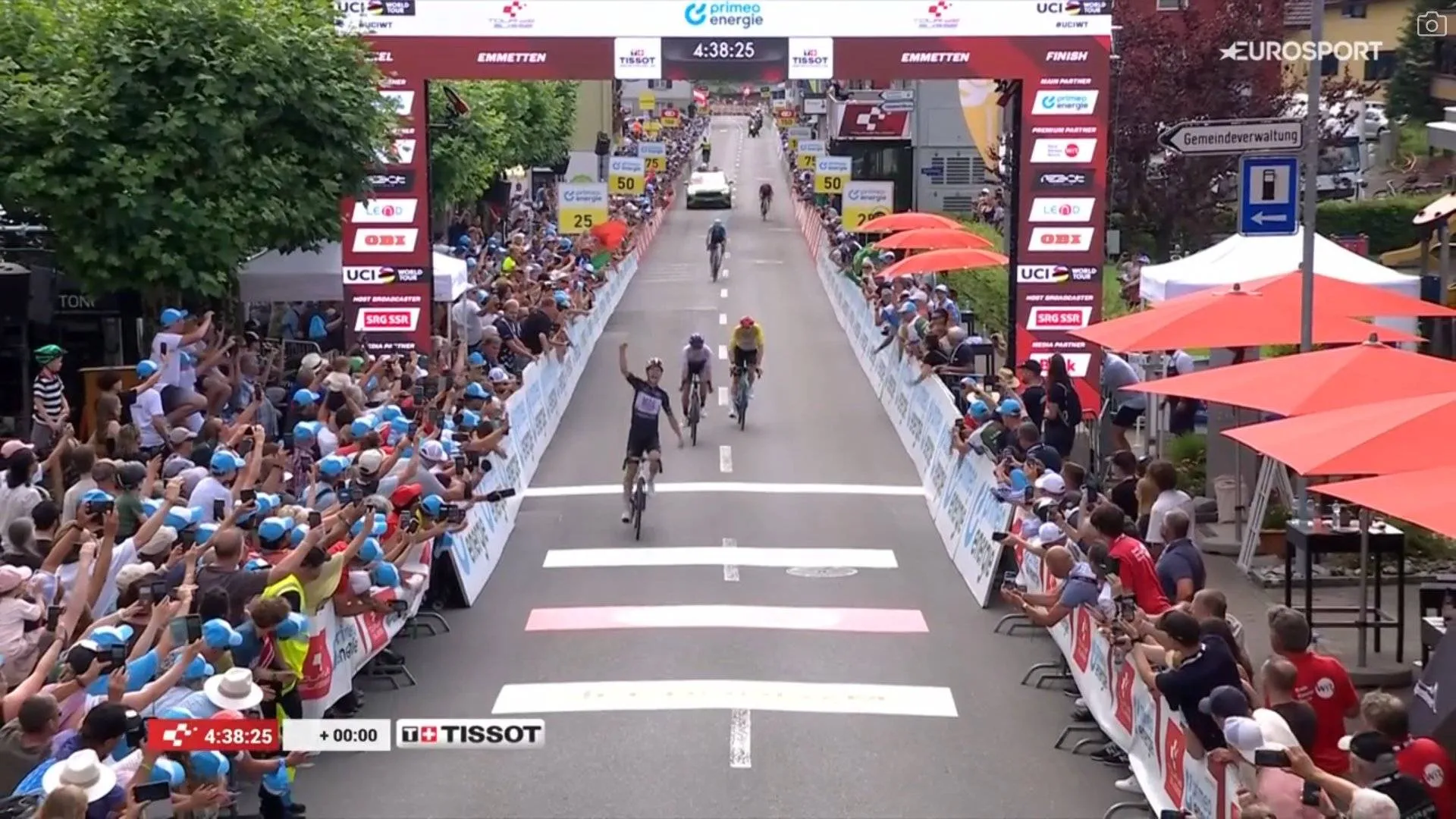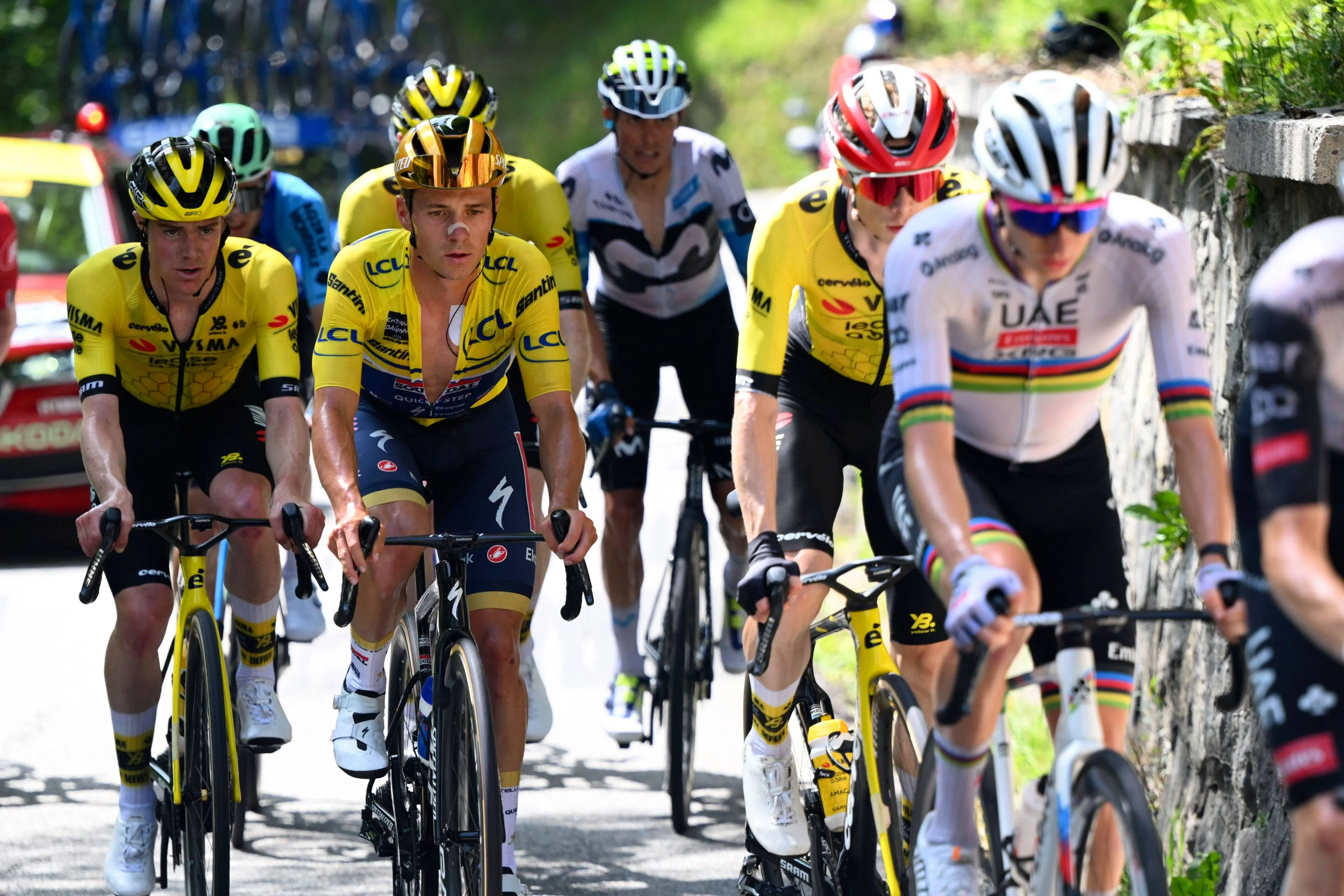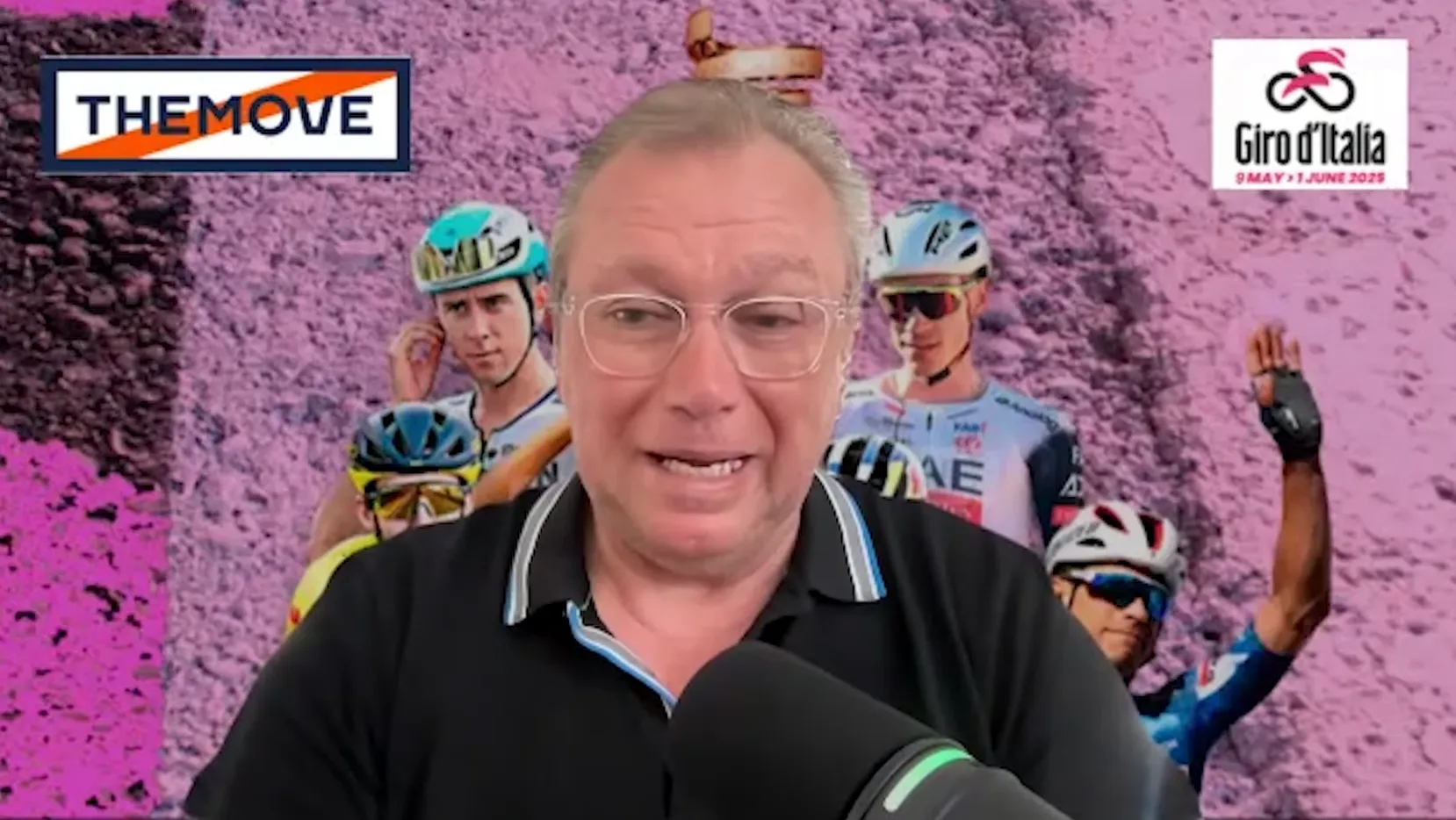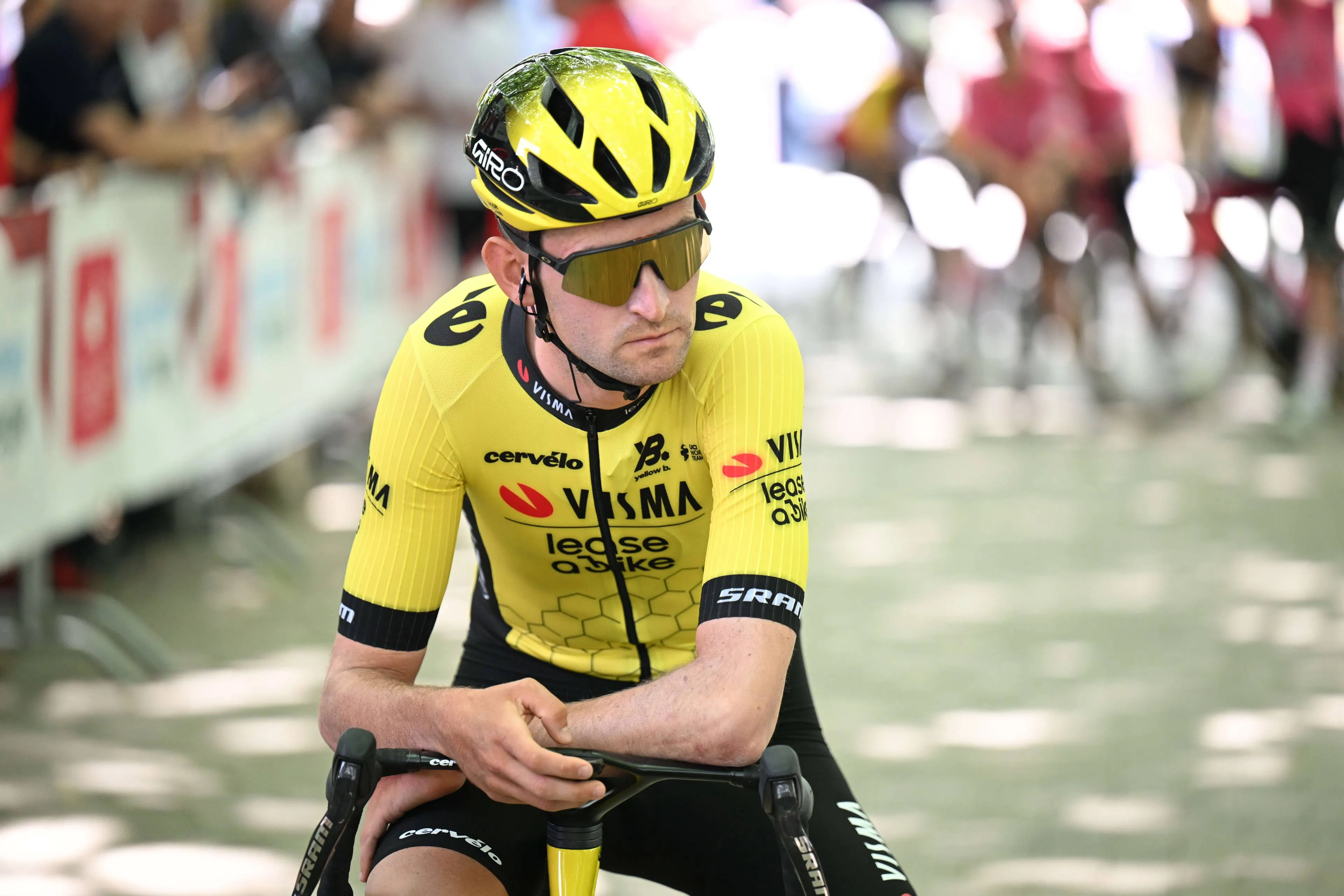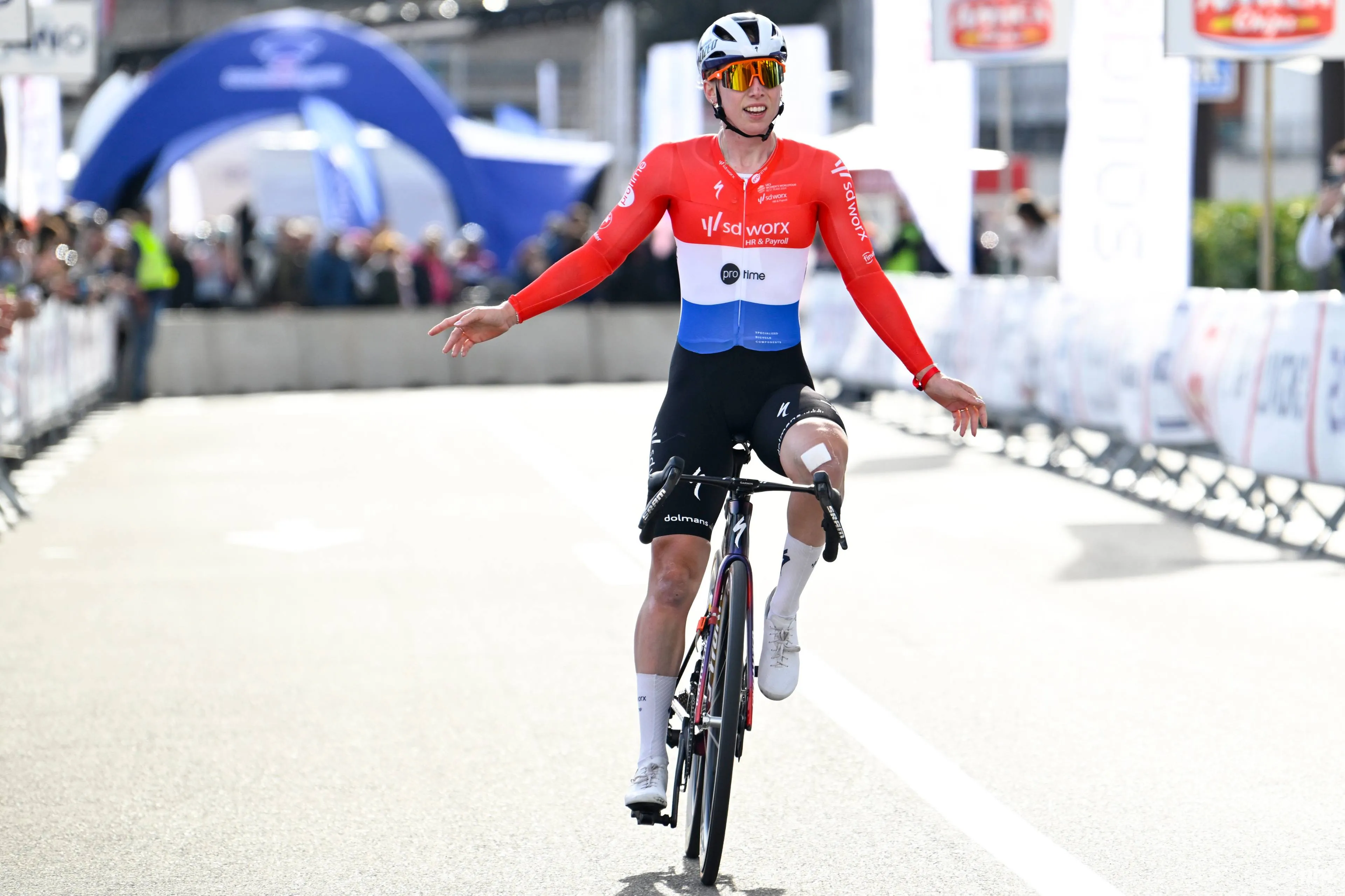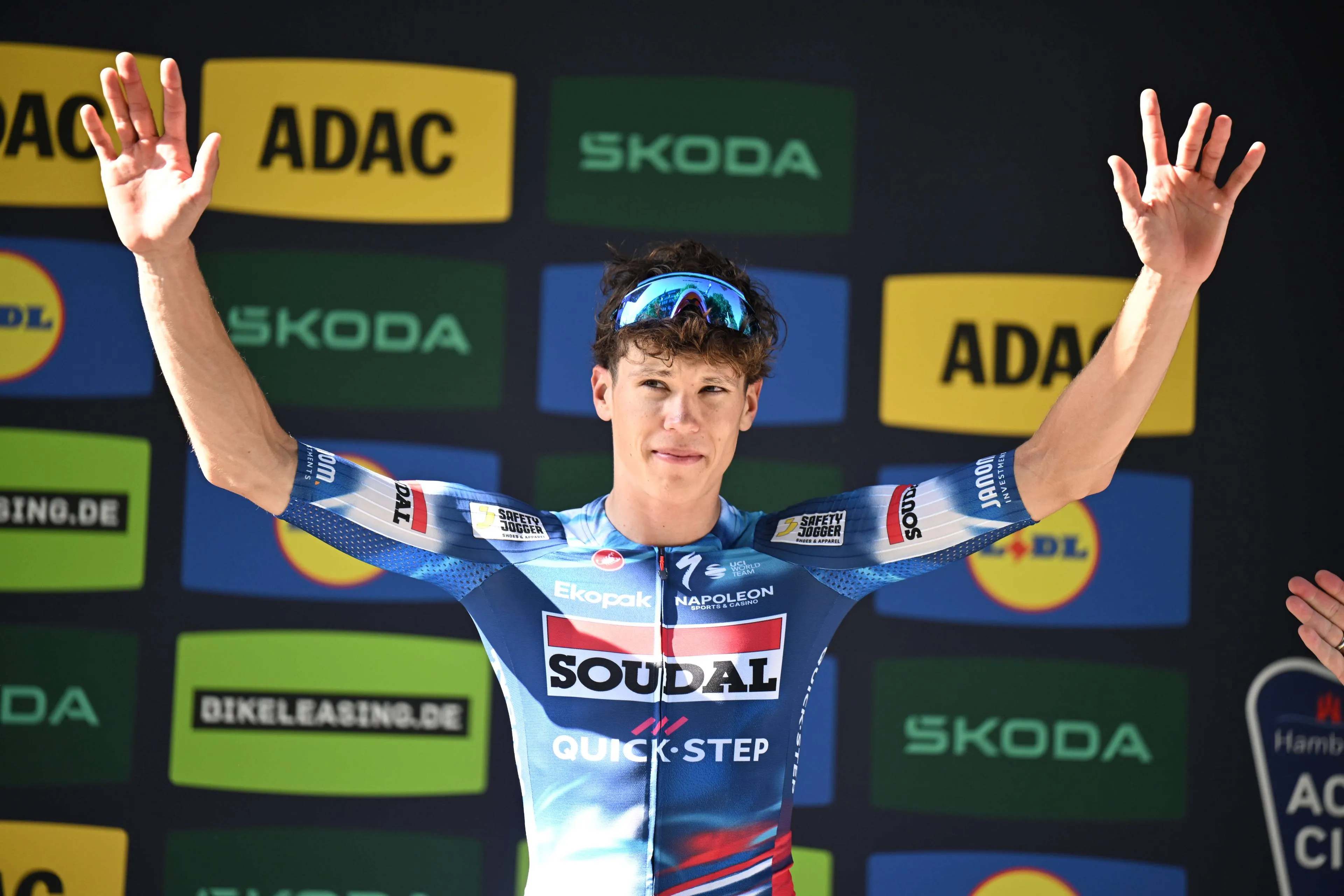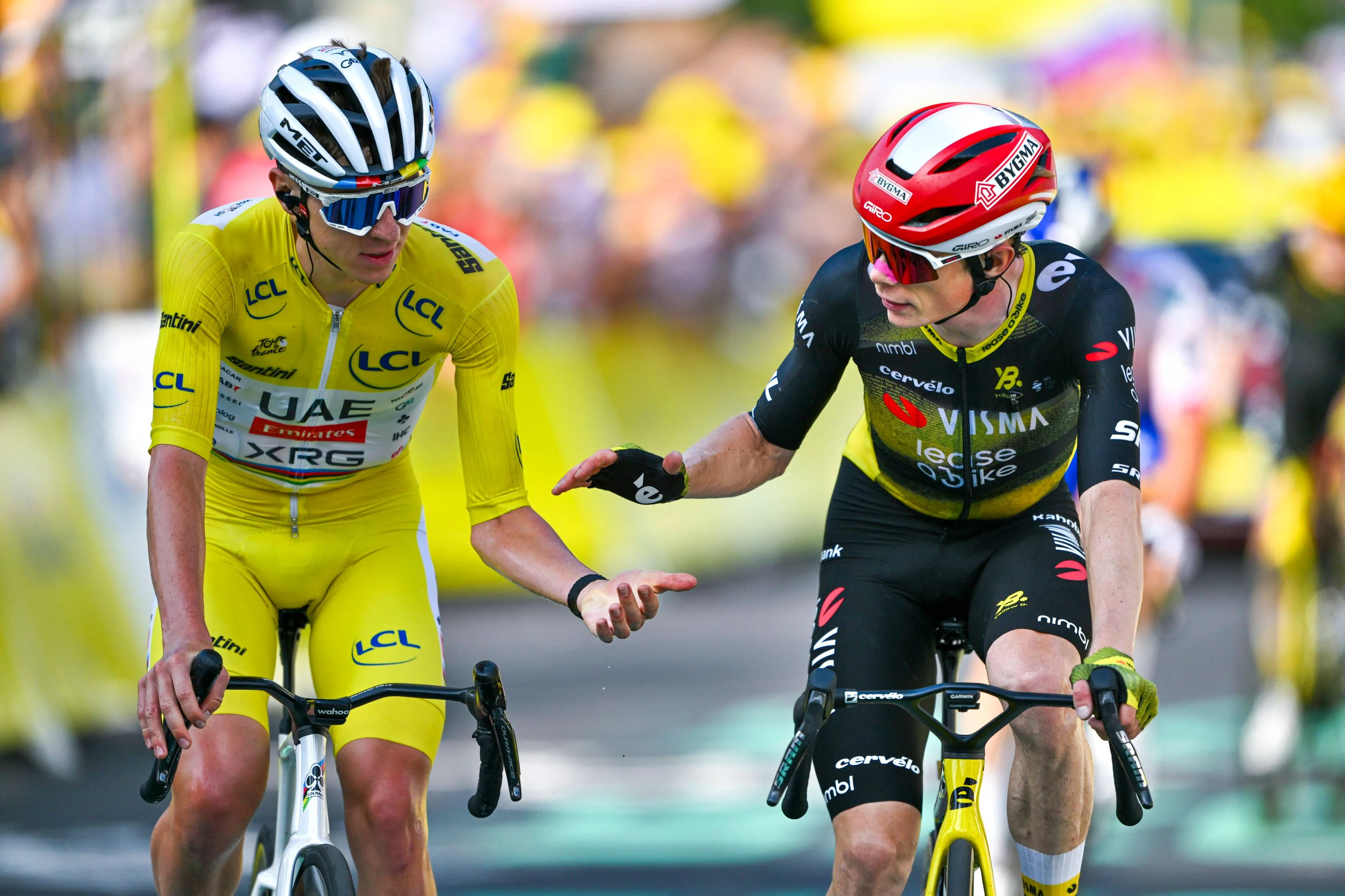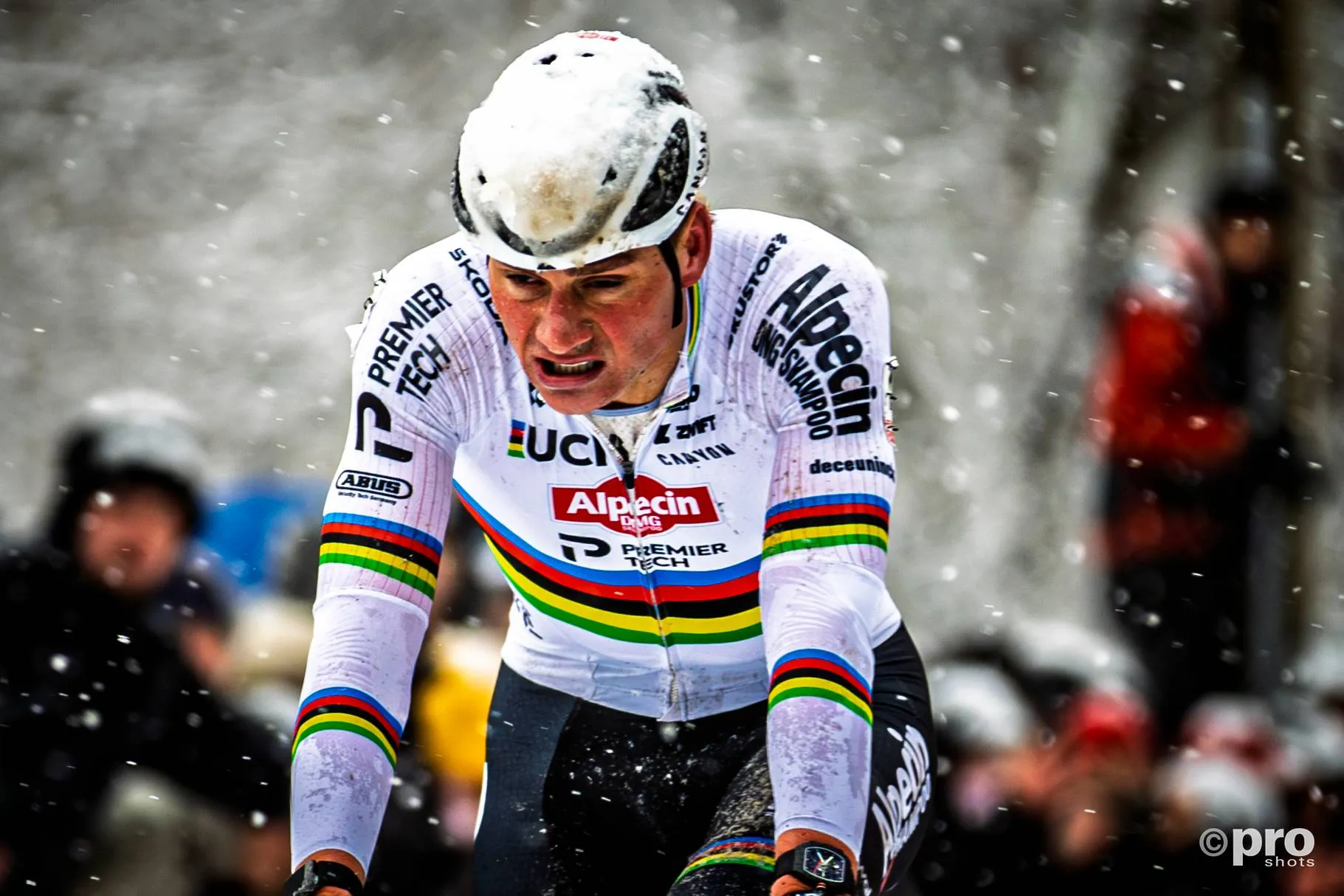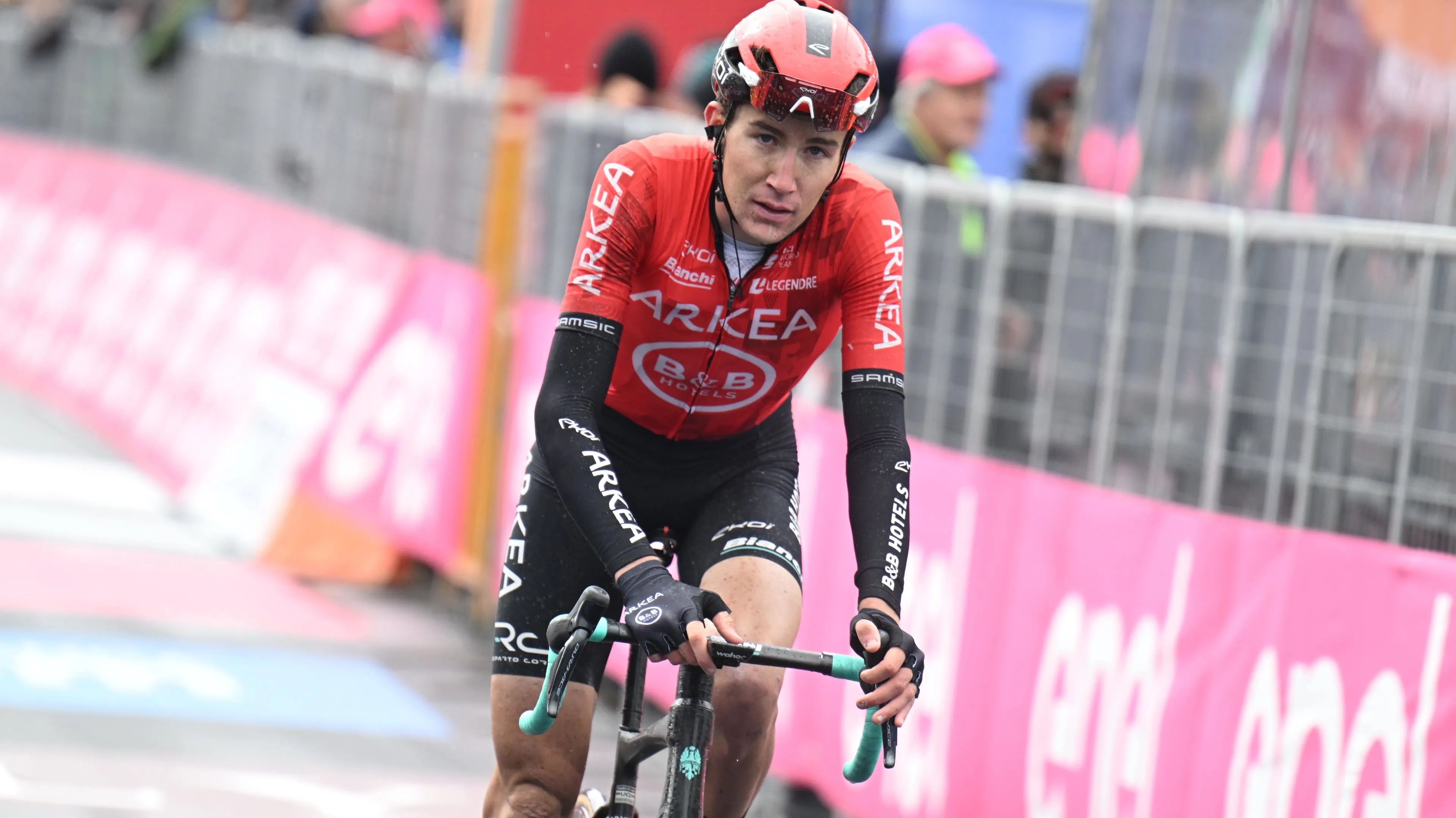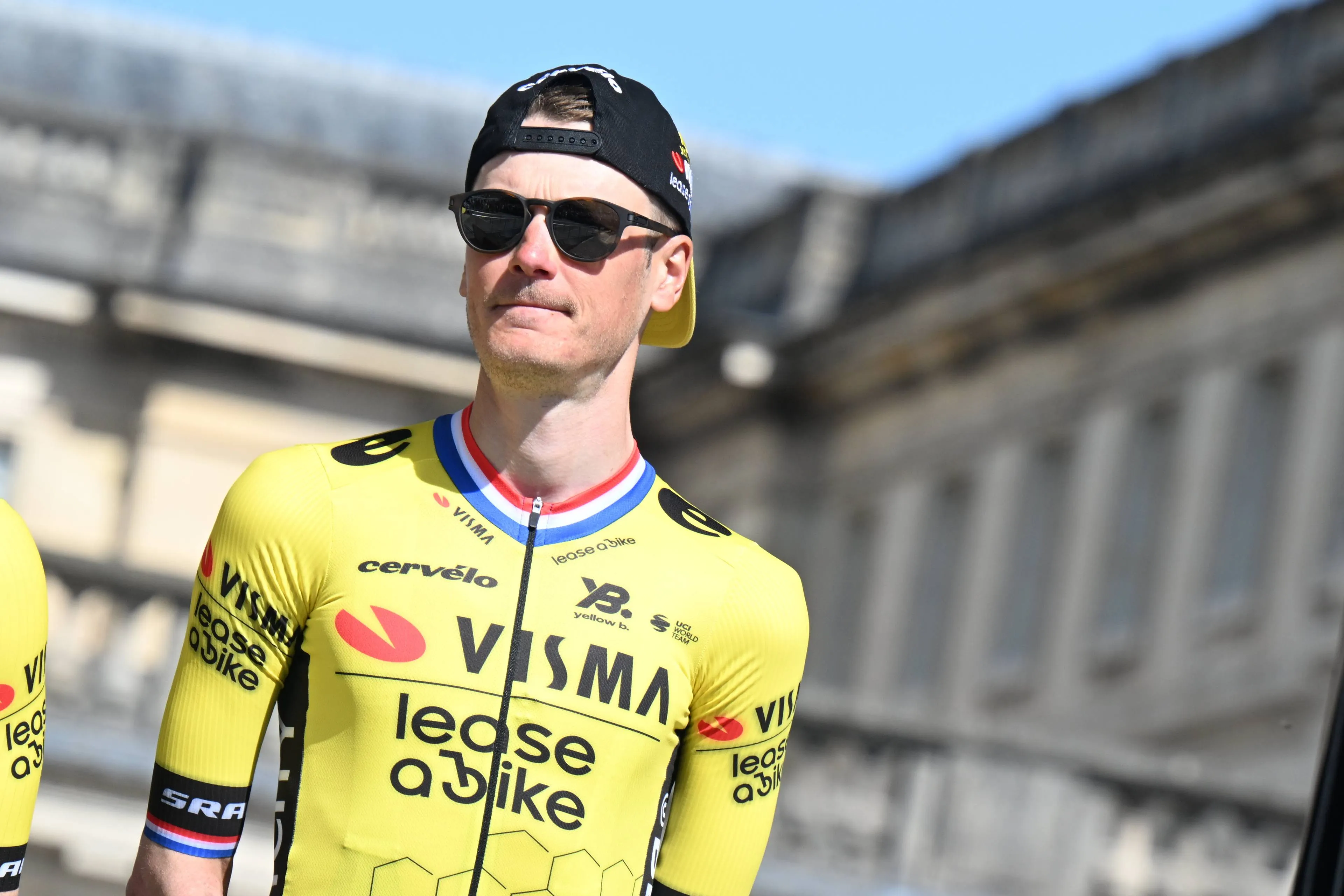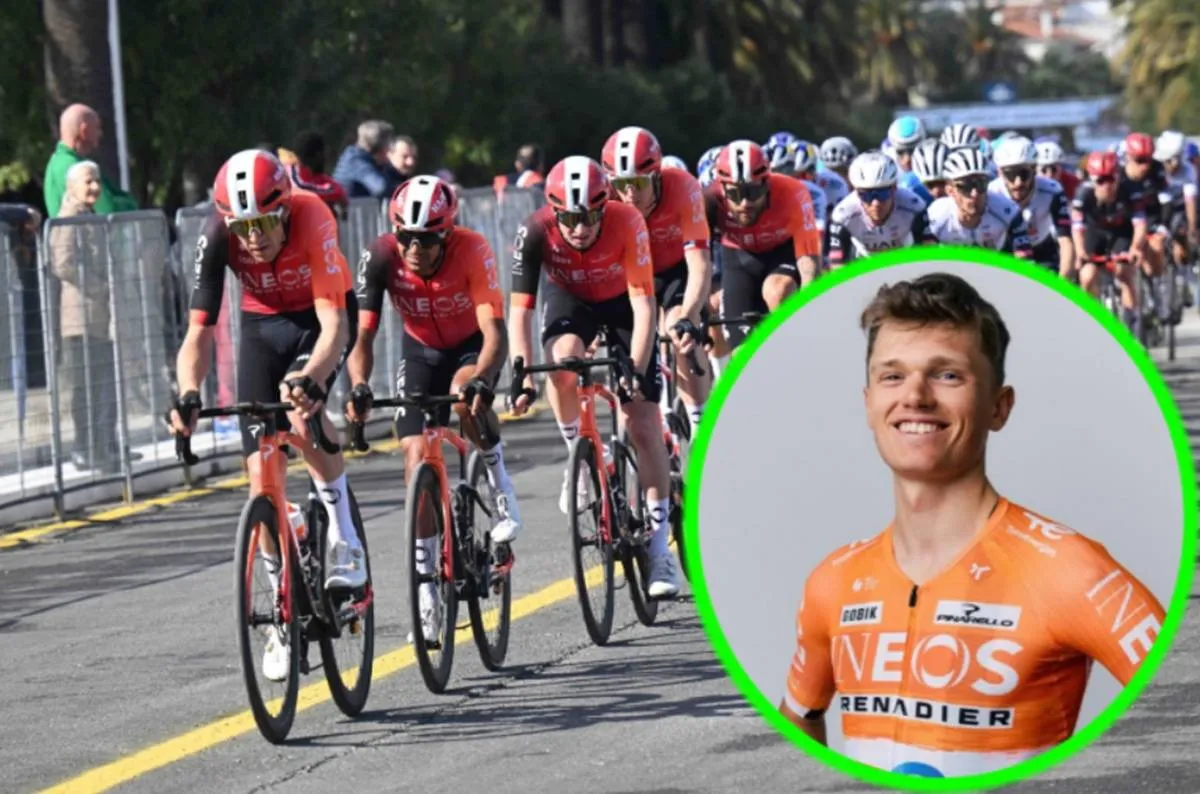ANALYSIS | Why is Jonas Vingegaard focussed on heat training to beat Tadej Pogacar?
CyclingSunday, 22 June 2025 at 10:45
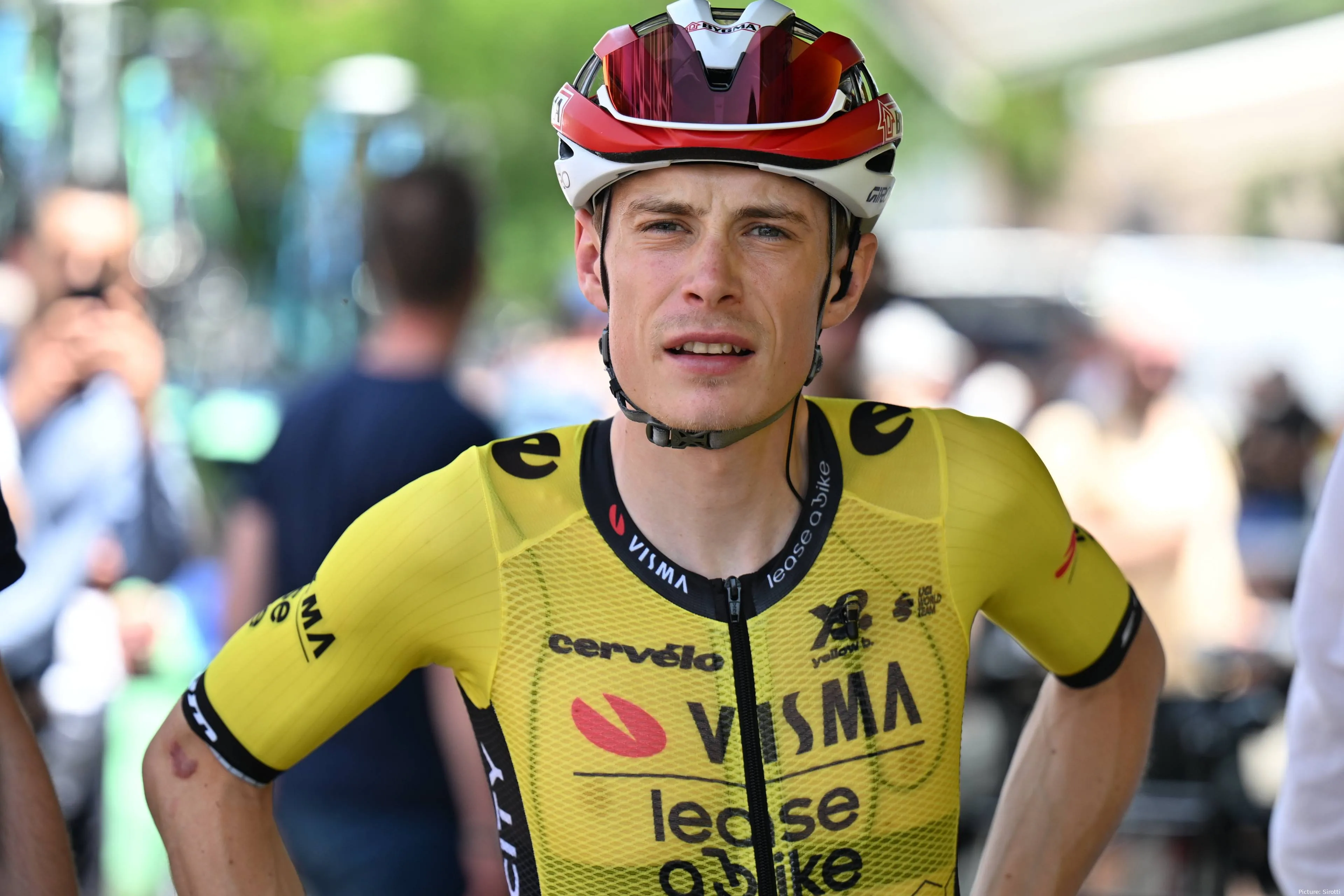
As the Tour de France approaches, every detail in a
contender’s preparation is scrutinised. So when a fan, Josep Termens, spotted
Jonas Vingegaard training in 30-degree heat, fully kitted out in long sleeves
and tights, it sparked curiosity. “It was 30 degrees, and he was wearing long
sleeves and tights,” Termens noted.
To the casual observer, it might have seemed odd, even
uncomfortable. But for those following the evolving science of endurance
training, Vingegaard’s choice fits a growing trend among elite cyclists: heat
adaptation training.
Read also
The idea is simple but the physiology is very complex.
Training in hot conditions, especially while deliberately over dressed, forces
the body to respond to thermal stress. This leads to a cascade of adaptations
that are highly valuable not just for racing in heat, but also for enhancing
overall endurance performance, even in cooler weather.
So, let’s find out why Vingegaard is dressed for winter in
June!
Read also
The science behind heat training
When an athlete trains in heat, their core body temperature
rises more quickly and remains elevated for longer. To cope, the body initiates
several changes:
Plasma volume expansion: One of the first
and most important responses is an increase in plasma volume, the liquid part
of blood. More plasma means more blood volume, which improves cardiovascular
stability, enhances oxygen delivery, and aids thermoregulation. This is
particularly useful during long climbs or sustained efforts. E.g. Col de la
Loze!
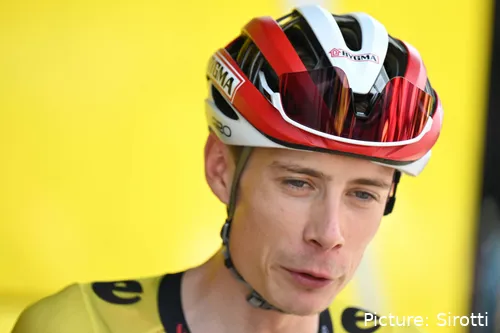
Vingegaard has two weeks to optimise his Tour shape
Improved sweat response: Training in heat
also increases the sweat rate and improves the body’s ability to begin sweating
earlier. This helps regulate core temperature more efficiently during
competition.
Reduced HR: As the body adapts, athletes
often see a reduction in heart rate at a given power output or pace, due to
more efficient cooling and improved cardiac function. It’s the same reason
altitude training is valued too.
Increased Mitochondrial Efficiency: Some
studies suggest that heat stress may enhance mitochondrial function, increasing
the muscles’ ability to produce energy aerobically. In a Grand Tour, that can
translate into better sustained efforts deep into stages or over consecutive
days.
Read also
More than just heat acclimatisation
It would be easy to assume that Vingegaard is simply
preparing for hot conditions in France. After all, recent editions of the Tour
have included searing stages in southern France, the Pyrenees, and the Alps,
often surpassing 35 degrees Celsius. But what makes heat training particularly
attractive is that the benefits extend well beyond acclimatisation.
Even if race day temperatures are moderate, the circulatory
and muscular improvements from heat stress persist. Unlike altitude training,
which requires long adaptation blocks and can negatively impact high intensity
power in the short term, heat training delivers measurable gains in aerobic
efficiency without major trade-offs.
Read also
And who, in previous edition has (allegedly) struggled in
the heat?
Yes, last year he won at a canter, but that wasn’t the case
in 2023. In particular on the Col de la Loze, a mix of altitude, heat, and
fatigue saw Vingegaard spectacularly crack Tadej Pogacar.
Moreover, heat adaptation can be achieved relatively quickly,
some athletes notice changes within five to ten sessions of training in heat or
using over dressing strategies. For someone like Vingegaard, who is still
building form, the technique offers a low risk way to maximise physiological
return in a compressed timeline, with now just two weeks until the Tour begins.
Read also
Risks and drawbacks
Of course, this isn’t without drawbacks. Training in high
temperatures or while over dressed places a significant strain on the body,
increasing the risk of dehydration, electrolyte imbalance, and even heat
illness if not carefully monitored. It also reduces the absolute intensity an
athlete can sustain during the session, meaning heat blocks are often used for
endurance rides rather than intervals.
All in all, it is incredibly uncomfortable.
But Vingegaard, riding with the support of Team Visma |
Lease a Bike’s performance staff, is unlikely to be mismanaging the process. If
anything, the choice to wear tights and long sleeves in the midday sun is a
clear signal that his preparation is back on track and focused on physiological
efficiency rather than optics.
A fan Josep Termens who caught Jonas Vingegaard in training before Tour de France said this: "It was 30 degrees, and he was wearing long sleeves and tights.”
— Lukáš Ronald Lukács (@lucasaganronald) June 21, 2025
But do you why he is doing it? It’s a heat training. And why it is that good?
Heat adaptation training is so effective… pic.twitter.com/txocwcz9pc
claps 7visitors 6
Just in
Popular news
Latest comments
- Are you disputing the Covid?Mistermaumau10-01-2026
- Why? Manchester U never did.Mistermaumau10-01-2026
- Rather stay in Denmark and pay taxes..that says a lot about him. Not many would do that, myself included.Santiago10-01-2026
- i prefer peace, quiet AND money !
 ChillingCyclist10-01-2026
ChillingCyclist10-01-2026 - I'm a big fan, and I'd really like to see him do well. But, I would also like to see him retire at the end of 2026.JoeyB10-01-2026
- Jonas has a completely different personality than Pogi. Pogi can handle the pressure on all terrains. Pogi also loves his peace and quiet. And by the way, you can have your Casio watch. I will take several of the Richard Mille watches. Pogi is charismatic and humble, and always thanks his teammates for everything they sacrifice for him. Jonas probably does the same, but is much more private. Both are great, great riders, and I can't wait for The Tour De France this year! We are going over for two weeks. Go Pogi!
 QPSQUANTUM10-01-2026
QPSQUANTUM10-01-2026 - That's a lotta cash. He better live up to potential.mobk09-01-2026
- they be stupid Ineosabstractengineer09-01-2026
- Wow, sad and unlucky indeed if he can’t even cycle recreationally as a result of this.mobk09-01-2026
- That's right, Giannetti said that Almeida and Ayuso asked to go to the 2024 TdF. They told them that Tadej was the only captain then if they went, they would be domestiques. Both accepted. Almeida kept his word, but Ayuso was a traitor. As soon as he realized he couldn't play his game , hiding at the back of the peloto, watching his classification, he got "COVID" (in summer, at 40 °C), leaving his team with a man less.
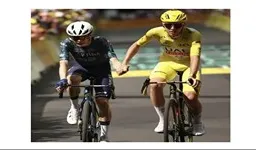 maria2024202409-01-2026
maria2024202409-01-2026
Loading
Write a comment

